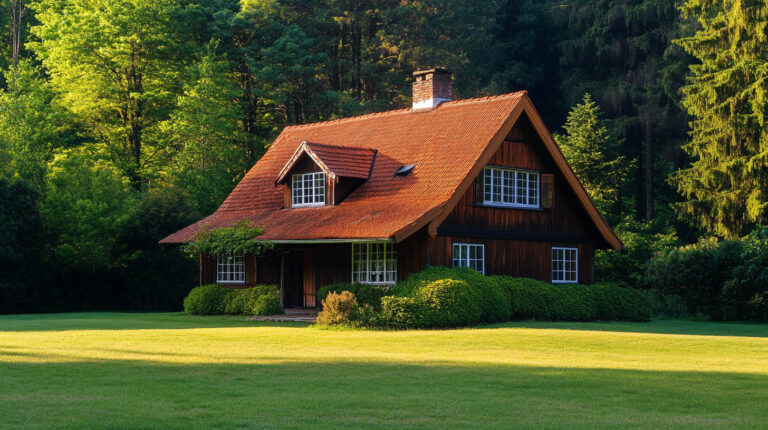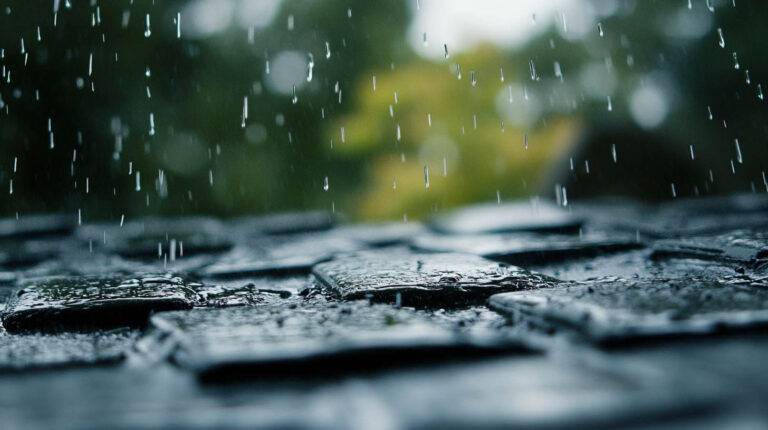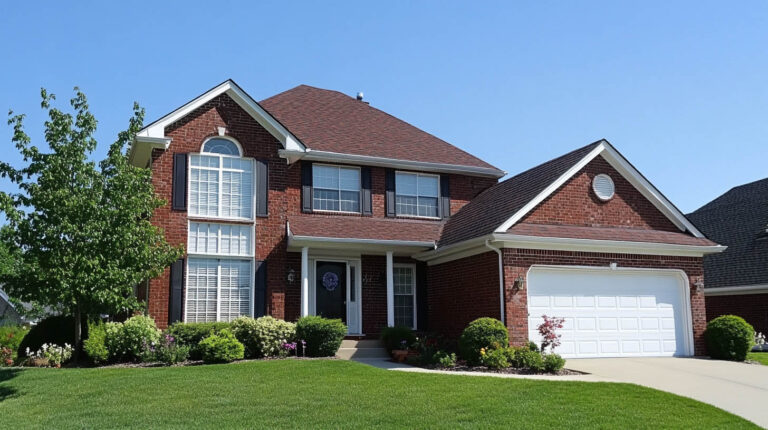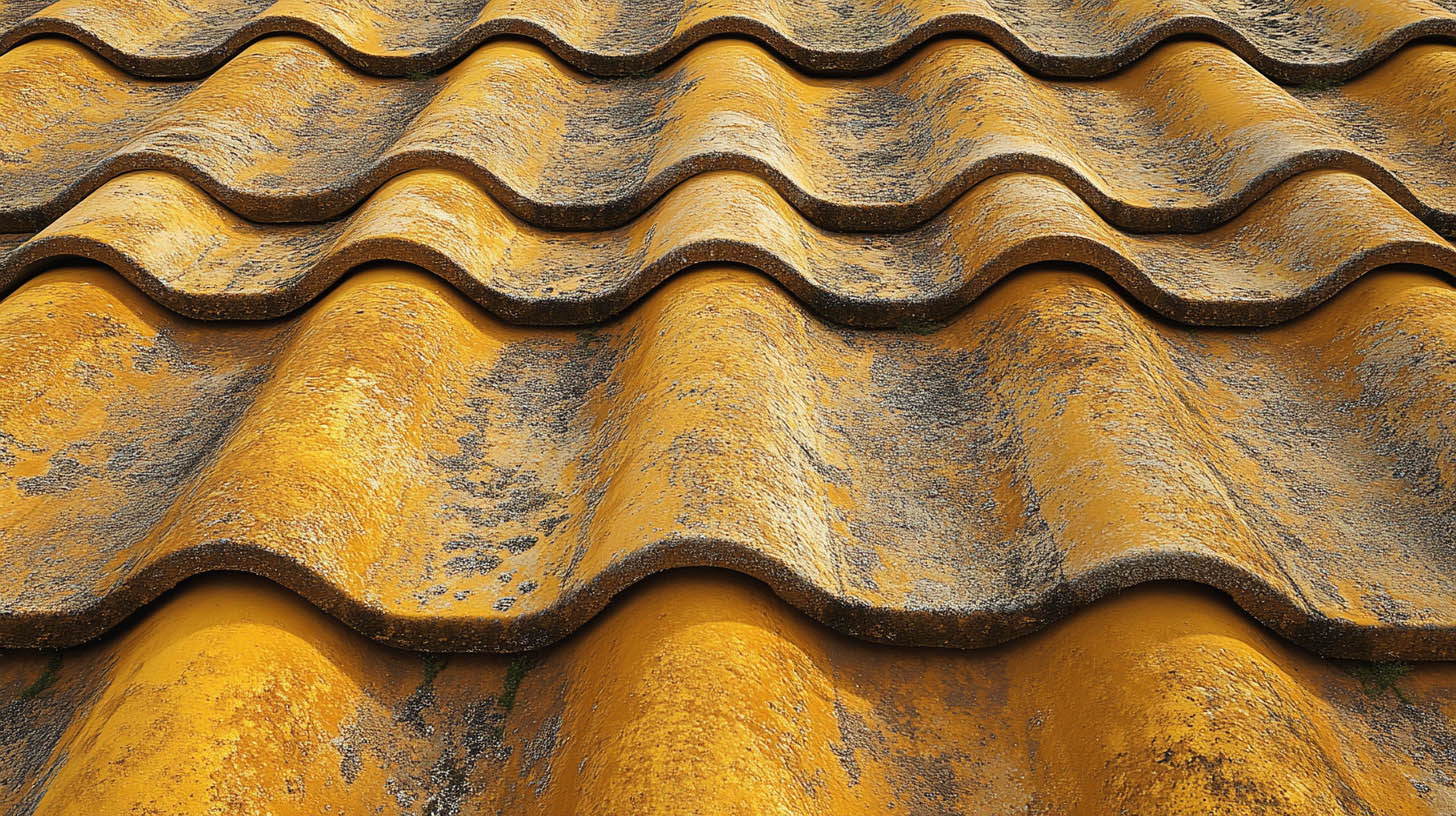
Blog
Top Roofing Tips for Summer: Keep Your Roof in Great Shape
As the summer heat intensifies, your roof endures a range of challenges, from scorching UV rays to sudden storms. Proper summer roof maintenance not only extends its lifespan but also protects your home from costly repairs. Companies like Avenue Roofing in Jacksonville, FL, are experts in ensuring that your roofing system is prepared to handle extreme weather conditions with premium materials and expert craftsmanship.
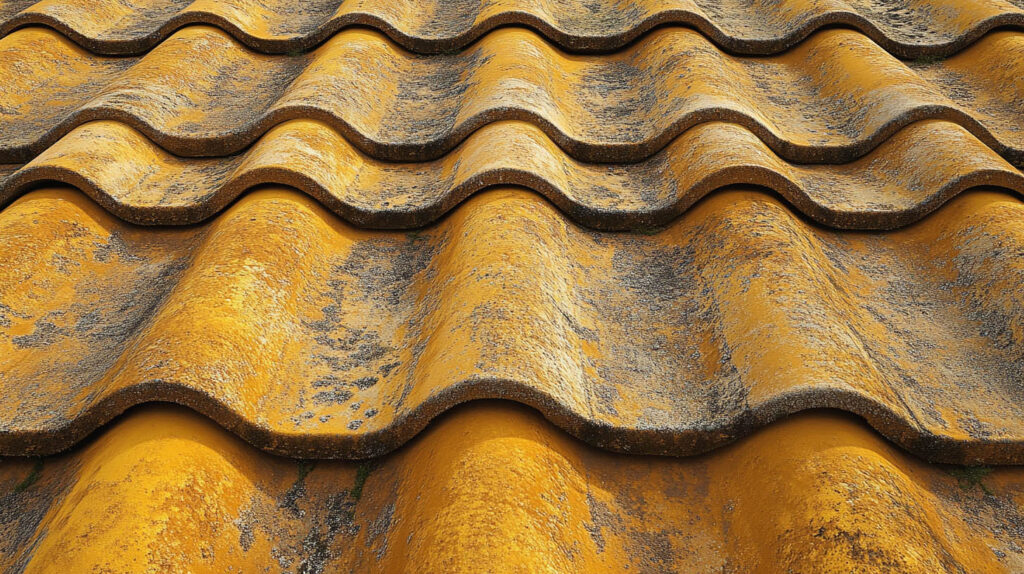
1. Schedule a Professional Roof Inspection
Winter and spring weather can leave hidden damage that compromises your roof’s integrity. Professional inspectors can detect issues that untrained eyes might miss, such as:
- Loose or cracked shingles.
- Worn flashing around chimneys or vents.
- Underlying water damage.
Fun Fact: Roof inspections should ideally be conducted twice a year, with a focus on spring and fall to prepare for seasonal weather changes.
2. Clear Debris to Prevent Structural Strain
Winter storms often deposit leaves, twigs, and dirt on your roof, which can:
- Block gutters and downspouts, causing water pooling.
- Harbor pests that may damage shingles.
- Retain moisture, leading to mold or rot.
Cleaning your roof and gutters improves functionality and enhances curb appeal. A clean roof not only protects your home but also contributes to a polished, well-maintained exterior.
3. Replace Damaged or Missing Shingles
Storms can dislodge shingles, leaving gaps that expose your roof to sunlight and moisture. Replacing these shingles is crucial for:
- Preventing leaks and water damage.
- Restoring your home’s protective barrier.
- Enhancing energy efficiency by maintaining proper insulation.
Tip: Consider upgrading to architectural shingles, known for their durability and aesthetic appeal. These shingles are a popular choice for homeowners looking to boost their property value.
4. Apply Protective Roof Coatings
Roof coatings are an excellent way to protect your roof during summer. They reflect UV rays, prevent water penetration, and improve energy efficiency by reducing heat absorption. Available in various colors, these coatings can also enhance your home’s aesthetic.
5. Trim Overhanging Trees
Overhanging branches can scratch shingles, deposit debris, and provide pathways for pests. Trimming these branches not only protects your roof but also reduces the risk of storm damage.
Preparing Your Roof for Extreme Heat
Summer heat can cause shingles to dry out and crack, while increased UV exposure accelerates aging. Installing reflective materials, such as cool roofs, can help:
- Lower indoor temperatures by reducing heat absorption.
- Decrease energy bills by minimizing air conditioning use.
- Prolong your roof’s lifespan by protecting against thermal stress.
FAQs
Q1: How often should I clean my roof during the summer?
A: Cleaning your roof and gutters every few months is recommended, especially after storms or heavy winds.
Q2: Are roof coatings worth the investment?
A: Yes, roof coatings protect your roof from UV damage and water penetration while enhancing its appearance and longevity.
Q3: Can missing shingles cause significant damage?
A: Yes, missing shingles expose your roof to leaks, heat damage, and structural issues, making immediate replacement essential.
Q4: How can I identify roof damage after winter?
A: Look for signs like loose shingles, clogged gutters, or water stains on ceilings. A professional inspection can provide a thorough assessment.
Q5: Do reflective materials significantly reduce energy costs?
A: Reflective roofing materials can lower indoor temperatures by up to 30%, reducing cooling expenses during summer.
Conclusion
Maintaining your roof during the summer is essential to ensure its longevity and protect your home. By scheduling inspections, clearing debris, and applying protective coatings, you can keep your roof in top condition while avoiding costly repairs. For professional assistance, turn to Avenue Roofing, whose expertise in durable and energy-efficient roofing systems guarantees peace of mind for homeowners.
If you want to read a blog about why DIY roof projects can be dangerous, click here.
